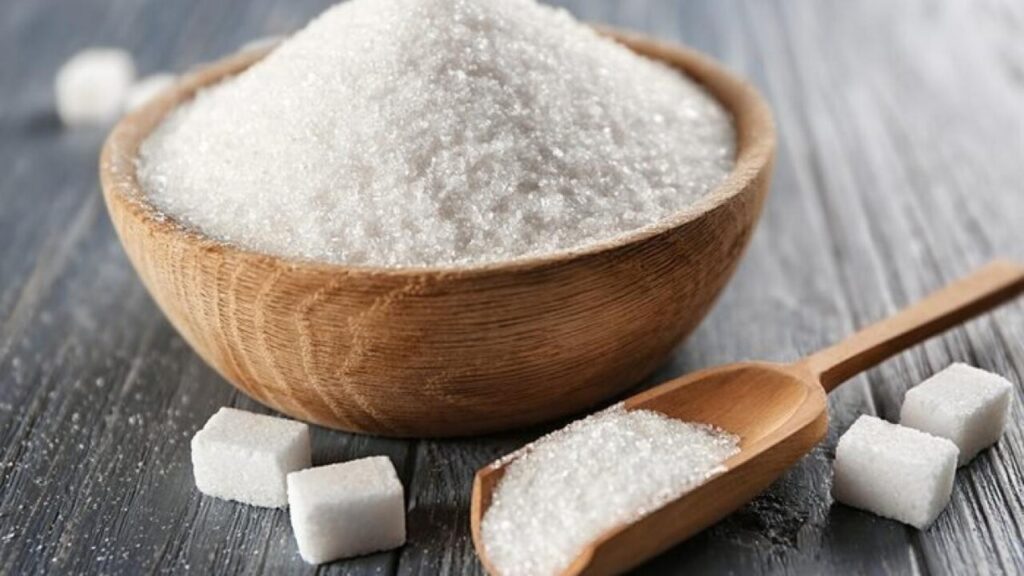
India’s sugar production has reached a record high, significantly exceeding previous years’ output. The final production figures for the 2022-2023 season are expected to surpass 38 million tonnes, a substantial rise compared to the previous season’s yield. This remarkable increase is primarily driven by favourable weather conditions across major sugarcane-growing states. Abundant rainfall throughout the crucial growing period contributed significantly to higher yields per hectare.
Improved agricultural practices also played a vital role. Farmers adopted more efficient irrigation techniques and utilised advanced fertilisers, leading to healthier and more productive sugarcane crops. Government initiatives promoting better farming methods and providing financial assistance also boosted production. The expansion of cultivated land dedicated to sugarcane in several regions further contributed to the overall rise in output.
Technological advancements in sugarcane processing also deserve mention. Many mills have invested in modern machinery, resulting in increased efficiency and reduced losses during the extraction process. This improved technology not only increased the overall sugar yield but also reduced waste and improved the quality of the final product. The combined effect of these factors resulted in this unprecedented surge in India’s sugar production.
This record sugar production has significant implications for both the domestic and global markets. Domestically, the surplus will likely lead to lower prices for consumers, making sugar more affordable. However, it could also negatively impact Indian sugar producers who might face reduced profit margins due to increased supply. The government may need to intervene to prevent drastic price fluctuations and protect the interests of farmers and mill owners.
Globally, India’s increased sugar output will intensify competition in the international market. India is already a major sugar exporter, and this substantial rise in production will increase its export volumes. This could put downward pressure on global sugar prices, potentially impacting sugar-producing nations that rely heavily on exports. Other exporting countries might see a decrease in their market share and face challenges in maintaining profitability.
The increased availability of Indian sugar on the global market could also benefit importing countries. They may enjoy lower sugar prices and enhanced access to this essential commodity. However, the increased supply might also lead to trade disputes, as some nations may accuse India of dumping sugar at unfairly low prices. Navigating these international trade dynamics will be crucial for India to capitalise on its record sugar production without triggering retaliatory measures from other countries.
The impact on specific global markets will vary depending on existing trade agreements and import regulations. Countries with strong trade ties with India are likely to be the most affected, experiencing both benefits and challenges due to the increased sugar supply. The rise in Indian sugar production is set to reshape global sugar trade dynamics in the coming season, requiring careful monitoring and strategic responses from all stakeholders involved.
Despite the record-breaking sugar production, several challenges lie ahead. Maintaining this high output level consistently will require continued investment in agricultural infrastructure and technology. Unpredictable weather patterns pose a significant risk, and future seasons may not be as favourable, potentially impacting yields. The government needs to implement effective strategies to mitigate the impact of climate change on sugarcane cultivation.
Furthermore, the fluctuating global sugar prices present a considerable challenge. While increased production initially benefits India’s export capacity, oversupply could lead to price wars and reduced profit margins for producers. Effective market management strategies are crucial to avoid a drastic price drop and ensure the long-term sustainability of the industry. Maintaining a balance between domestic consumption and export volumes is also essential.
The potential for trade disputes with other sugar-exporting nations cannot be ignored. Accusations of dumping or unfair trade practices could lead to retaliatory measures, impacting India’s ability to fully capitalise on its record sugar output. Proactive engagement with international trade bodies and diplomatic efforts are necessary to navigate these complexities and maintain positive trade relations.
Ensuring the welfare of sugarcane farmers remains paramount. The current rise in production shouldn’t come at the cost of farmers’ livelihoods. Fair pricing mechanisms and support systems are needed to protect them from potential market fluctuations and ensure the continued growth of the sugarcane sector. A sustainable approach that benefits all stakeholders is vital for the long-term success of India’s sugar industry.